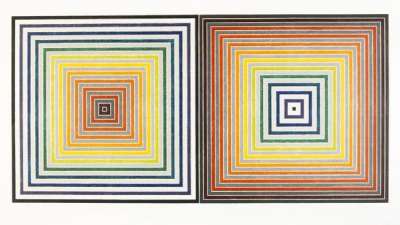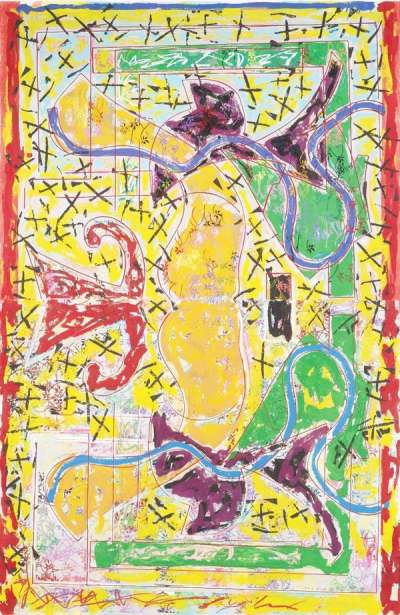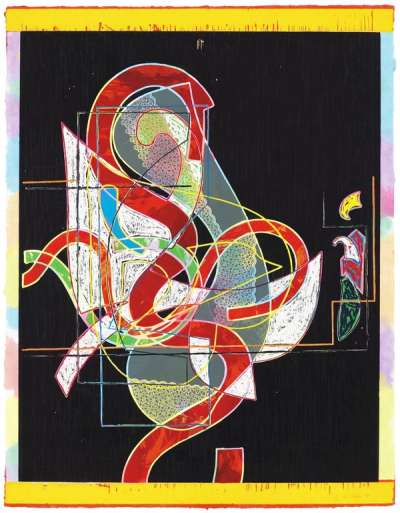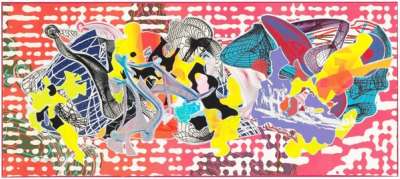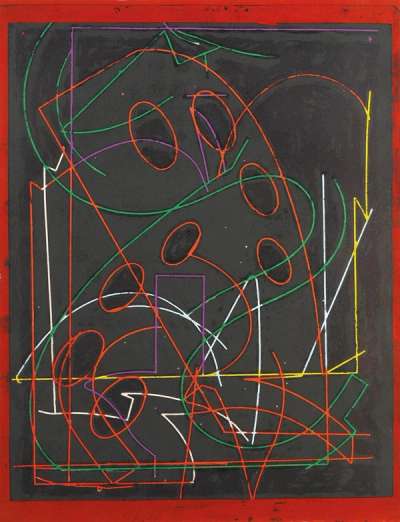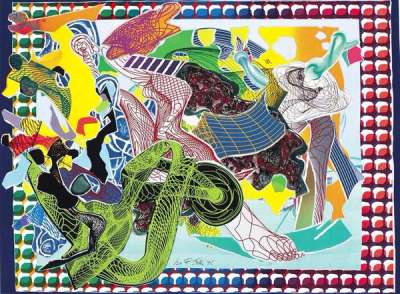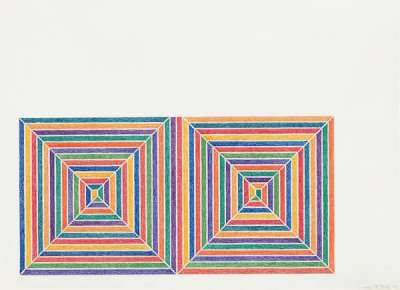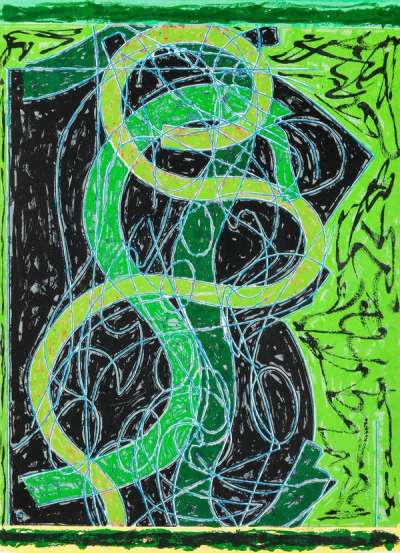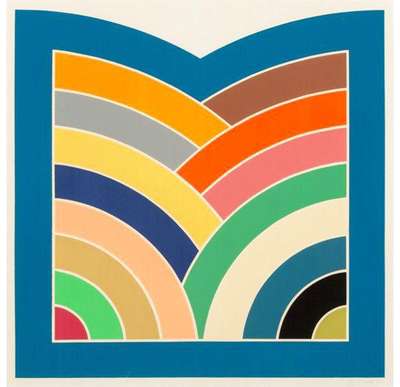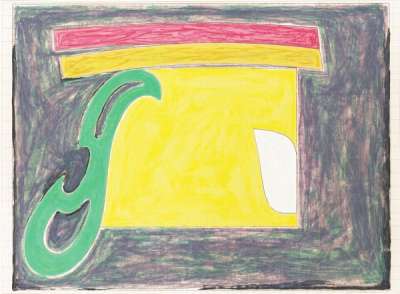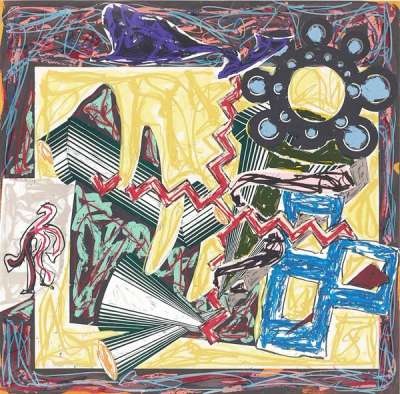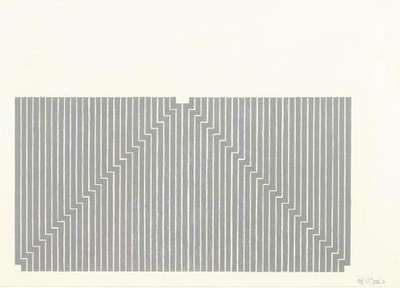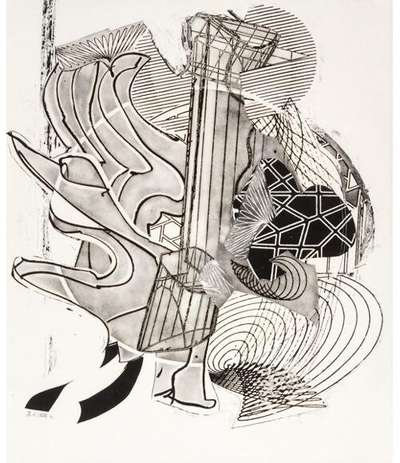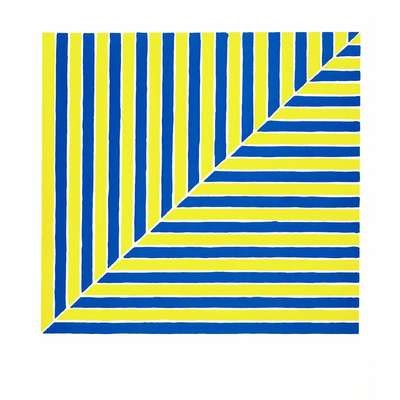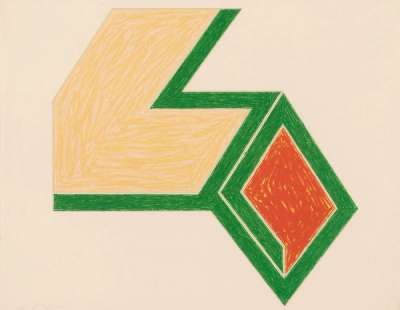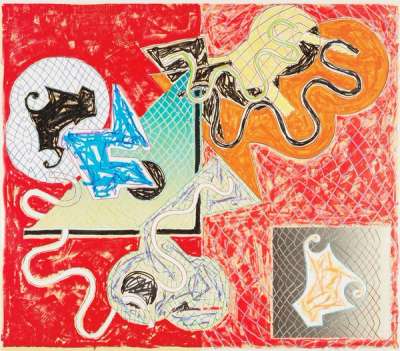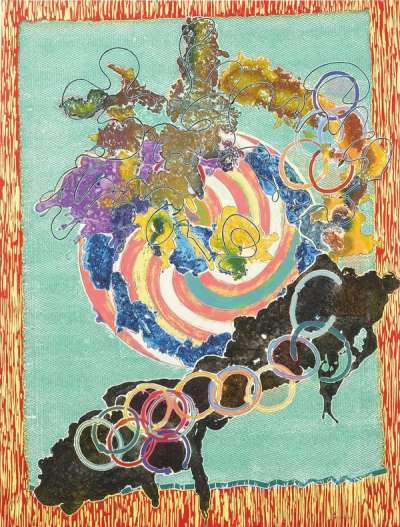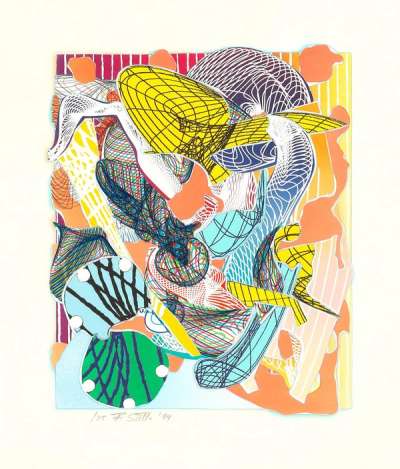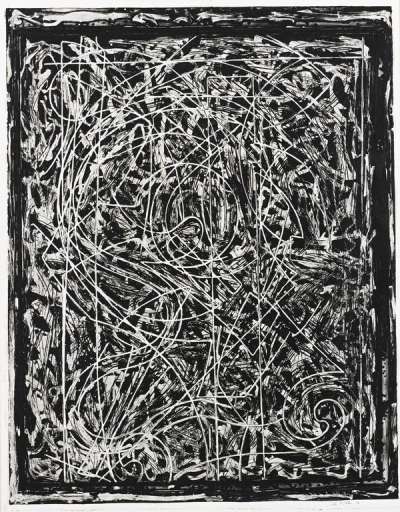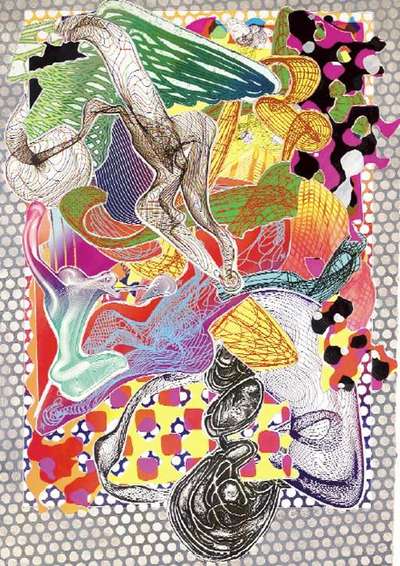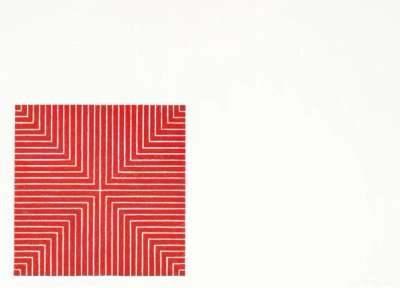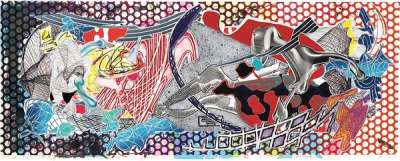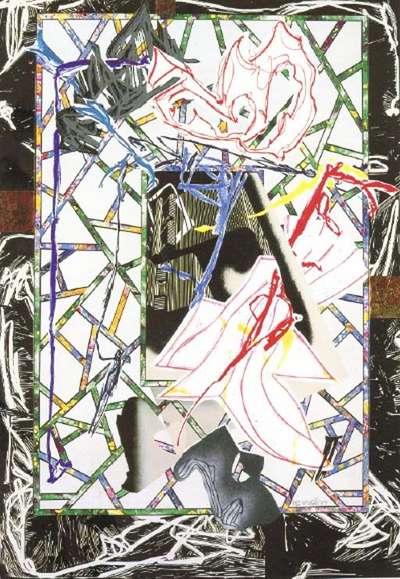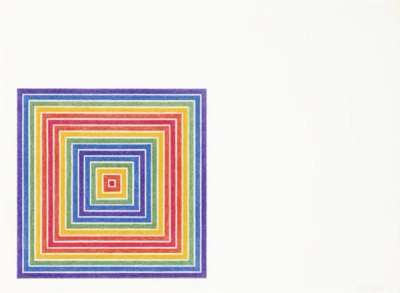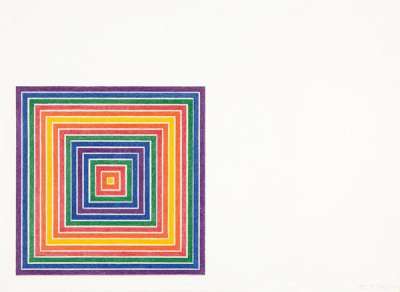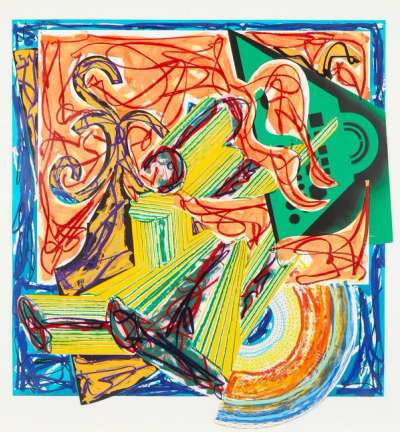Frank
Stella
American artist Frank Stella is best-known for his Minimalist, post-painterly abstract works, favouring simplicity over the overflowing compositions of his Abstract-Expressionist contemporaries. If you’re looking for original Frank Stella prints and editions for sale or would like to sell, request a complimentary valuation and browse our network’s most in-demand works.
Frank Stella art for sale
Discover Frank Stella prints for sale, exclusively available through our private network of collectors. Explore signed and unsigned screenprints, lithographs, digital prints, and rare editioned proof prints by era-defining blue chip artists.
Sell Your Art
with Us
with Us
Join Our Network of Collectors. Buy, Sell and Track Demand
Biography
Known for his minimalist geometric abstraction, Frank Stella’s belief that “What you see is what you see,” when it comes to his work is all too true. The artist rebelled against the passionate brushstrokes and highly psychological aesthetic of many Abstract Expressionists in favour of simple compositions with exuberant colour and precise geometry.
Born in Malden, Massachusetts, in 1936, Frank Stella received a privileged education at the Phillips Academy. Here, he first encountered the abstract oeuvres of Josef Albers and Hans Hoffman, which served as his primary creative inspiration. After graduating from Princeton University, Stella settled in New York City in 1958 and began his artistic career in 1959, with a series of paintings composed of only black paint on unprimed canvas. These works immediately received positive recognition within the New York art scene and, a year later, four paintings from this body of work were included in the Museum of Modern Art’s exhibition Sixteen Americans. The show propelled Stella towards success, establishing him as a promising artist and a pioneer of the Minimalist style. Stella was not yet 25 years old. Following on from this success, Stella had his first solo exhibition at the prestigious Leo Castelli Gallery.
Since those early black canvases, Stella’s critical recognition and popularity have never waned. Transitioning from his early canvases as his career progressed, Stella introduced a lot of colour into his work, as well as metallic-coloured paints, and canvases of irregular shapes, as seen in his Aluminum and Copper series from the 1950s and 1960s. By the late 1960s, however, Stella had adopted an even brighter, sometimes fluorescent, colour palette for his Protractor series (one of his most famous collections of work), as well as a bold use of full and half circles and other geometric shapes.
In 1970, Stella became the youngest artist ever to have a retrospective at the Museum of Modern Art, which pays testament to his reputation as an artist, even at this early stage. Throughout the 1980s, the artist continued his work by producing approximately 260 works based on Herman Melville’s novel Moby Dick. These pieces ranged from large-scale sculptural works to mixed-media paintings and prints and have remained some of his best-loved works to date.
In the 1990s, Stella started creating more public artworks, including a large-scale mural for the Princess of Wales Theatre in Toronto, and the piece Prinz Friedrich von Homburg, Ein Schauspiel, 3X (1998-2001), which stands in front of the National Gallery of Art in Washington D.C.
Some of his subsequent solo exhibitions include Frank Stella: Painting into Architecture, at the Met Museum in New York in 2007, Inflated Star and Wood Star, at the Royal Academy in London in 2015, Frank Stella: A Retrospective, at the Whitney Museum of American Art in 2016 and Frank Stella: Recent Work, showing his sculptural pieces at Marianne Boesky Gallery in New York in 2019. Stella’s Minimalist and post-painterly style is cited as an inspiration for generations of important artists and architects such as Sol Lewitt, Carl Andre, and Frank Gehry. He remains one of the most influential artists working today.

